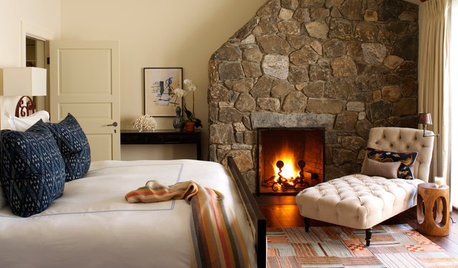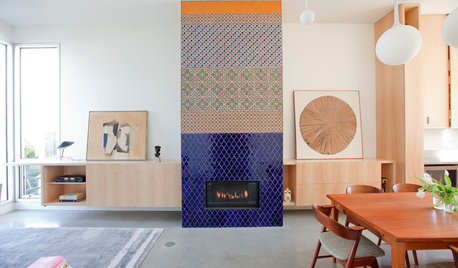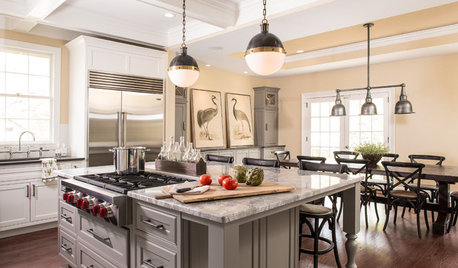insulating under basement floor-styrofoam insulation?
illinigirl
10 years ago
Featured Answer
Sort by:Oldest
Comments (10)
ontariomom
10 years agoAnnie Deighnaugh
10 years agoRelated Professionals
Glens Falls Architects & Building Designers · Henderson Architects & Building Designers · Rocky Point Architects & Building Designers · Ammon Home Builders · Fruit Heights Home Builders · Landover Home Builders · Somersworth Home Builders · West Pensacola Home Builders · Exeter General Contractors · Langley Park General Contractors · Leon Valley General Contractors · Merritt Island General Contractors · Mount Holly General Contractors · Murrysville General Contractors · Troutdale General Contractorsillinigirl
10 years agoillinigirl
10 years agoontariomom
10 years agoAnnie Deighnaugh
10 years agoEpiarch Designs
10 years agoworthy
10 years agoAnnie Deighnaugh
10 years ago
Related Stories

REMODELING GUIDESCool Your House (and Costs) With the Right Insulation
Insulation offers one of the best paybacks on your investment in your house. Here are some types to discuss with your contractor
Full Story
GREEN BUILDINGInsulation Basics: Heat, R-Value and the Building Envelope
Learn how heat moves through a home and the materials that can stop it, to make sure your insulation is as effective as you think
Full Story
KNOW YOUR HOUSEKnow Your House: The Basics of Insulated Concrete Form Construction
Get peace and quiet inside and energy efficiency all around with this heavy-duty alternative to wood-frame construction
Full Story
GREEN BUILDINGInsulation Basics: Natural and Recycled Materials
Consider sheep’s wool, denim, cork, cellulose and more for an ecofriendly insulation choice
Full Story
MATERIALSInsulation Basics: What to Know About Spray Foam
Learn what exactly spray foam is, the pros and cons of using it and why you shouldn’t mess around with installation
Full Story
WINDOW TREATMENTSEasy Green: 9 Low-Cost Ways to Insulate Windows and Doors
Block drafts to boost both warmth and energy savings with these inexpensive but effective insulating strategies
Full Story
GREEN BUILDINGEcofriendly Cool: Insulate With Wool, Cork, Old Denim and More
Learn about the pros and cons of healthier alternatives to fiberglass and foam, and when to consider an insulation switch
Full Story
MONTHLY HOME CHECKLISTSSeptember Checklist for a Smooth-Running Home
Get ready to get cozy at home with snuggly blankets, well-stocked firewood, added insulation and more
Full Story
HOUZZ TOURSHouzz Tour: Innovative Home Reunites Generations Under One Roof
Parents build a bright and sunny modern house where they can age in place alongside their 3 grown children and significant others
Full Story
KITCHEN DESIGNKitchen of the Week: Warming Trend in a 1920s Georgian
Renovation creates a formal yet functional and relaxed hub for entertaining — and takes care of the insulation problem
Full Story








ibewye